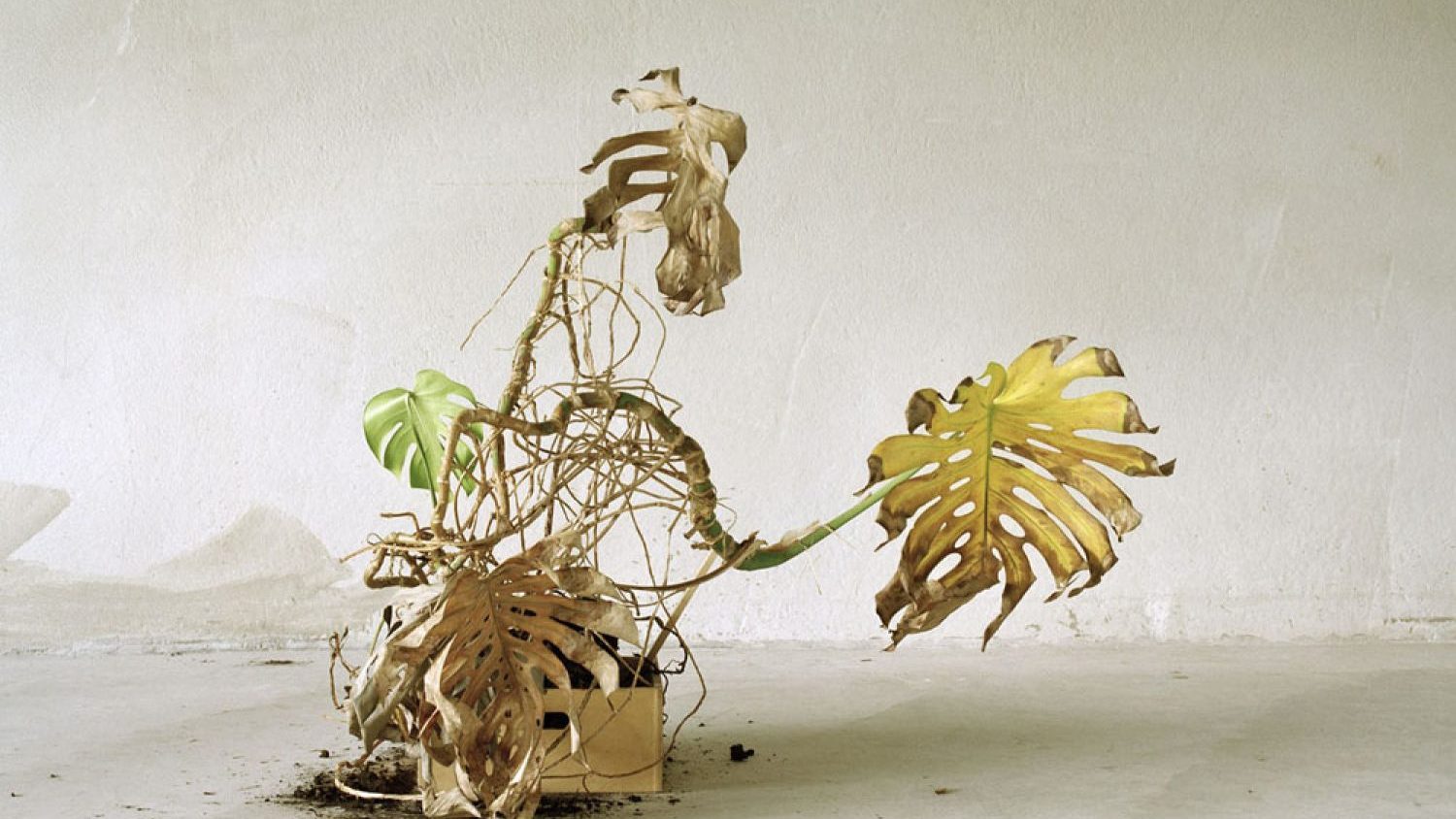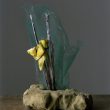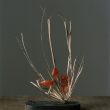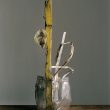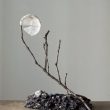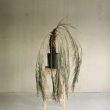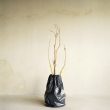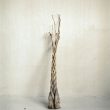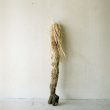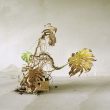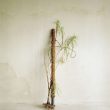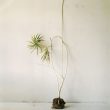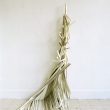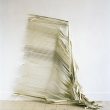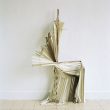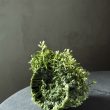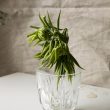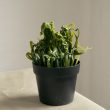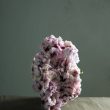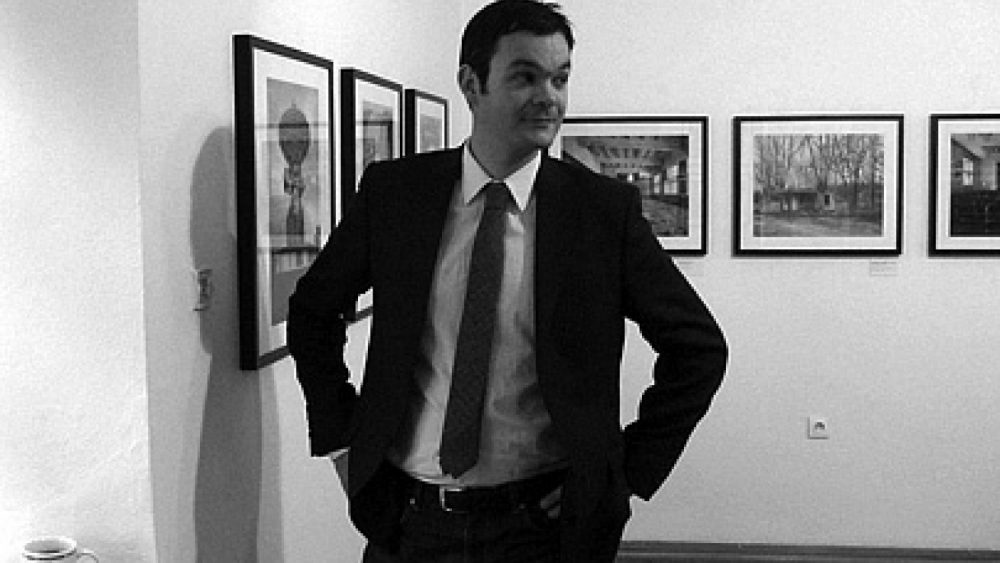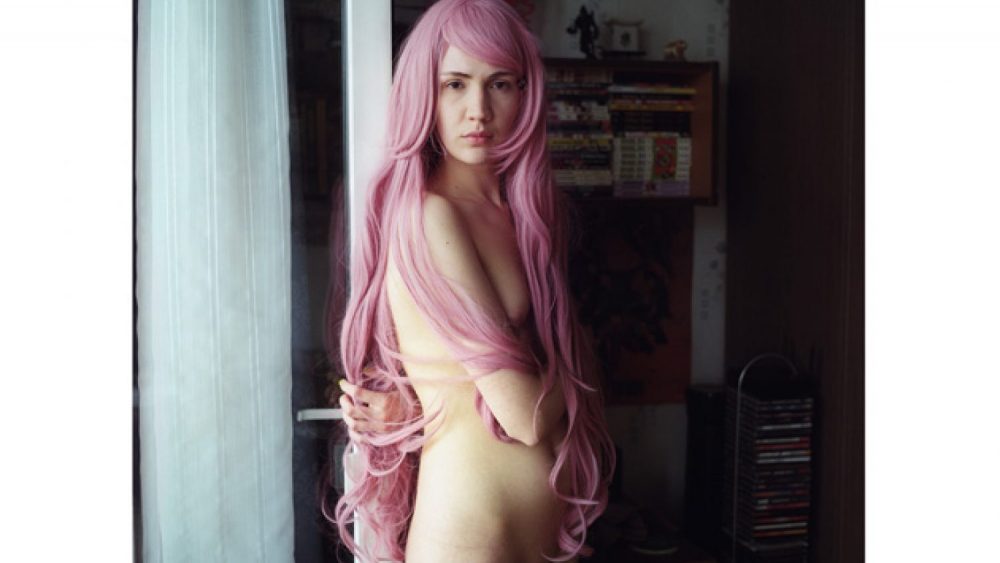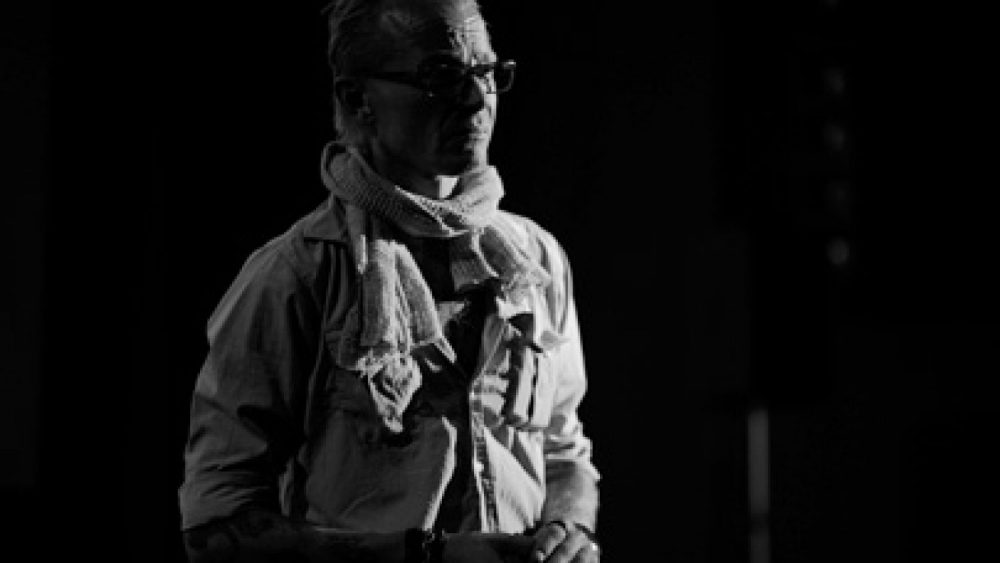Sara Bjarland
Artist Sara Bjarland (1981) was born in Helsinki, but has been living and working in Amsterdam for several years. Her creative work can be characterized as examination of natural processes, drawing special attention to their transformational and destructive aspects as an integral part of life. In her works Bjarland uses insects, abandoned plants and shabby objects, which in the form of photographs, moving images and installations become the subjects of research and objects of art. Sara Bjarland is a member of artists’ association MUU and a co-author of initiative WAAR. In 2013 she graduated from HISK (Higher Institute for Fine Arts) in Ghent, Belgium.
In May Sara Bjarland’s works will be shown in exhibition Viewfinders. Contemporary Nordic and Baltic Photography as part of Riga Photo Month 2014.
You have said that in natural world you are especially intrigued by the process of decay and death. How does that influence your work?
I have an interest in macabre and morbid things, by things that are lingering between life and death. I’m intrigued by decay as a process of transformation that changes objects and materials, that strips away layers and exposes an object as imperfect and ephemeral. I think it’s especially interesting to look at decay in manmade materials and objects, as these are produced to be and look new, but inevitably they start decaying too. I often collect and photograph objects that have fallen apart, faded or lost their initial form and in this process start to resemble something else. Sometimes they are not at all recognizable anymore which I think is interesting as this opens up for new associations, like in the work Ikebana (which consists of trash composed as still life arrangements) or Collapses (which shows of a broken venetian blind in different positions). Of course decay can also be seen as something romantic; the passing of time and the traces it leaves, or decay as some kind of aesthetic quality (like for example new furniture that is made to look worn and old, since that adds some kind of layer of history to it which people seem to value). But I’m more interested in the transformative and destructive aspect of decay, as an inevitable force of nature, as entropy.
I have made some films where I observe death on a small scale, namely by filming dying insects. In these films, the process of death is very much about movement turning into stillness, like an inverted animation. All the little movements – the twitches, spasms and shivers – that an insect makes during its death struggle are really beautiful, but also horrible to watch at the same time. Filming these dying insects allows me to observe their death at a ‘safe’ distance, almost with a detached, scientific gaze. It sounds cruel perhaps, but its actually more a gaze of fascination and wonder at this, on one hand, mysterious, and the other, very mundane and natural process. I also made an animation using dead fruit flies, which I would call a ‘re-animation’ since they were brought back to life through the moving image.
Could you describe how do you find the right medium – photography, installation, moving image – for representing your ideas?
My background is in photography and I often think in images and look at my surroundings through an imaginary frame. I think most of my work relates to photography in some way. When I collect found objects like the dead plants in The Forsaken or the broken venetian blind in Collapses, my first impulse is often to photograph them, to represent them in an image. I like to think that through photographing these useless and neglected objects, I add a certain value to them. Sometimes I present objects or materials directly but the work still relates to the idea of an ‘image’; like in the recent work Particles, where I collected plastic waste from the streets and put pieces of it in between glass slide frames. By placing the material into a slide frame, I turned it into an image; I made it two-dimensional and gave it a certain, limited, space to exist in, which is what photography does. My videos mostly come out of closely observing something happening in my immediate environment, and then framing that through the camera. Sometimes I also stage videos like in the case of Blossom and Snap/Tear; here I’m mostly interested in a specific process which happens over time; then the moving image is the best way to show that process.
For your project The Forsaken you collected dead house plants left on the streets of Amsterdam and photographed them in your studio. Can you tell more about this project?
People throw away so much stuff on the streets in Amsterdam. I think it’s really interesting to look through this garbage, it’s like the backstage of the city where all the stuff that is not wanted inside the homes anymore ends up. Some years ago I saw a very sad looking dead cactus standing next to a garbage bin, it was all dried out and bent over. At the same time it looked hilarious, as if it had lost all its dignity and glory. To me it reflected a sense of failure; of having given up. Of course plants in nature die all the time, it is part of their life cycle and there is nothing special about that, but the purpose of house plants is in a way to be decoration objects in people’s houses and when they die, they have failed their mission; or perhaps its the person who took care of them who failed. After seeing the cactus I started collecting more dead or half-dead house plants that I found on the streets. I decided to photograph them very simply against the plain concrete wall in my studio, isolated from any apparent context. I thought the plants themselves were really interesting as objects, and they often looked both funny, awkward, sad and strange at the same time. The texture of the wall, which sometimes looks like dripping paint, somehow emphasizes the plants’ misery.
Last year you graduated from the HISK Institute in Ghent. Can you share your impressions about the course and what was your final project about?
My working period at the HISK was a good time for me to reflect on my working process and the ideas behind my work. I regularly got to meet and discuss my work with art professionals like curators, established artists, art historians and critics, etc. It was a good opportunity to get feedback during the creative process and to show my work to people I might otherwise not meet. To me this was a valuable experience since being an artist can be quite lonely; sometimes I feel quite alienated from the rest of the world and really miss getting feedback and input from other people.
During my time at the HISK I got interested in objects and synthetic materials that imitate nature, and made some works in relation to this. For example, I worked with plastic plants that I manipulated in order to make them look ‘faded’ or ‘decayed’, and then photographed them. I also made the work Particles which I mentioned earlier, where I collected hundreds of small pieces of plastic waste from the streets and placed them in glass slides; I then presented them on a large light table as a kind of archive. Through the light, the plastic looks completely different and starts to resemble organic matter like plankton or something similar, which I think is really interesting. I like the idea that something so small and insignificant as a piece of plastic waste can get a whole new value through my work.
What are you working on now?
I’m still really interested in objects that imitate or simulate nature and want to continue exploring this theme. I’ve bought some birds made of plastic that I have started experimenting on, I melted a raven which had quite interesting results. Mostly I work in quite an intuitive and accumulative way; collecting objects and materials that I find interesting and investigating these, rather than setting up a clearly outlined project with a beginning and an end. At the moment I’m also in the process of building a house and a studio in Amsterdam which is taking up quite some time; I really enjoy doing some physical work like this in order to clear my head. Sometimes I have the best ideas while doing something completely different and non-art related.
